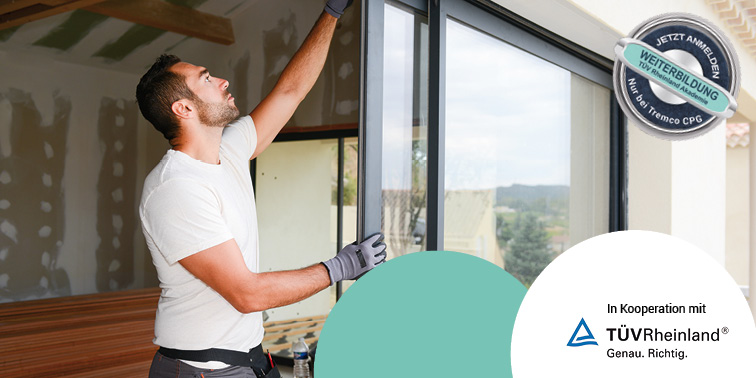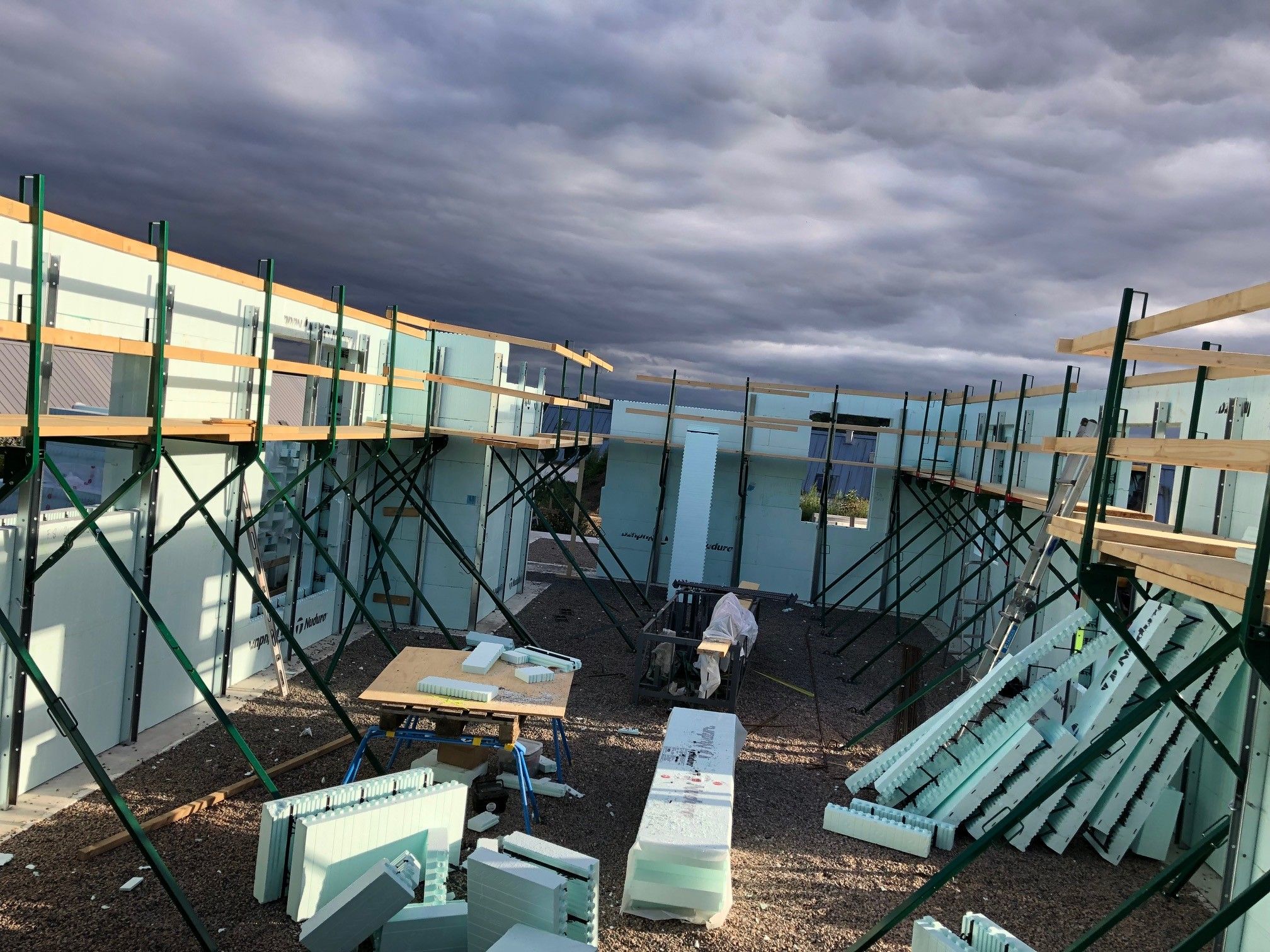Why are nearly zero-energy buildings the future?
Until today, energy produced from fossil fuels is one of the pillars on which the evolution of contemporary society rests. However, the production and use of energy is one of the main causes of CO2 emissions, the main gas responsible for climate change. At CPG Europe, sustainability is one of our core values and, as such, we strive to provide sustainable solutions to help the construction industry reduce its greenhouse gas emissions. Below, we look at the Energy Performance of Buildings Directive and how CPG Europe can help meet the high standards put in place to develop nearly zero-energy buildings.
A study carried out by the European Commission in 2020 showed that in Europe, energy consumption in buildings accounts for 40% of total energy consumption and 36% of greenhouse gas emissions. The residential sector requires urgent action. Since 2010, the European Parliament has established Directive 2010/31/EU, also known as the Energy Performance of Buildings Directive. Its objective was to reduce greenhouse gas emissions related to energy consumption in buildings.
To optimise the energy efficiency of buildings, the Directive proposes three concrete measures: the introduction of energy performance certificates; energy requirements for new and existing buildings undergoing renovation; and inspections of large and medium-sized air conditioning systems.
From this directive, which has been implemented to some extent in all EU countries, the so-called "near zero energy" building, also known in Europe as nZEB (near Zero Energy Building), came into being in 2020.
What is a near-zero energy building?
Nearly zero-energy buildings are buildings with very low energy demand, close to zero, and very high efficiency with low or no energy consumption.
To this end, the building must present energy-saving or self-supply strategies, which may include the following:
- Increasing the performance of building facilities and/or equipment to reduce consumption.
- Reduction of energy demand through passive measures, both at the design and architectural levels.
- Capacity to produce energy through renewable energy sources, such as the installation of photovoltaic panels.
- Measure and monitor residents' energy consumption, environmental parameters (ventilation, humidity, air quality) and/or energy production to know when, how and where they consume energy.
- Encourage building users to improve their energy consumption habits.
In order for the building to meet the characteristics sufficient to qualify as nZEB, it is very important that its environment and insulation are taken into consideration. In this type of building, we find the so-called passive house or Passivhaus, an idea born in Germany in the 1990s.
The main objective of this type of housing is to reduce energy demand by at least 90%. In this respect, a maximum of 15 kWh/m²/year for cooling and another of 15 kWh/m². year for heating are fixed. Overall, energy consumption should not exceed 120 kWh/m². year.
PASSIVHAUS
To be considered passive, a building must meet Passivhaus standards, or equivalent standards.
But what are its basic principles?
- Reinforced thermal insulation
- Quality windows and doors
- Mechanical ventilation with heat recovery (double flow)
- Enhanced airtightness
- Absence of thermal bridges
Meeting Passivhaus standards with CPG Europe
CPG Europe offers several constructive solutions, which can help meet Passivhaus standards. Take our illbruck brand for example, which offers all the products you need to assemble and caulk windows, façade joints, interior & exterior finishes, with its range of sealants, impregnated foams, expansive foams and membranes. If airtightness is a key principle of an nZEB, you can count on illbruck to meet the standards.
The Nudura brand, on the other hand, offers an innovative and high-performance construction system based on concrete formwork blocks (BCI), which makes it possible to build buildings that are more energy efficient, more durable and more comfortable than most traditional techniques, and to meet the requirements of the Passivhaus standard.
What are the advantages of near-zero energy buildings?
The main advantage of this type of building, with reinforced thermal insulation, is undoubtedly its high level of energy efficiency, which significantly reduces energy consumption for heating/cooling. This reduction in energy consumption leads to a decrease in the need for fossil fuels, which also translates into a reduction in greenhouse gas emissions, and a drastic reduction in energy bills in both summer and winter. The European Union encourages regulations that promote the implementation of these buildings, such as the RE2020 in France. We can therefore clearly state that they represent the future of the construction sector.
Discover the building solutions offered by CPG Europe and how we can help you be more sustainable and energy efficient:










